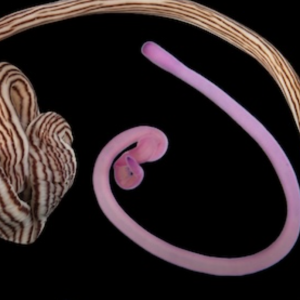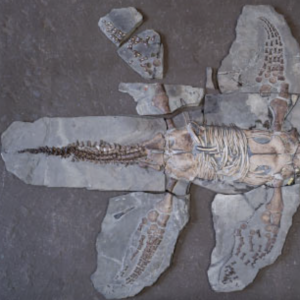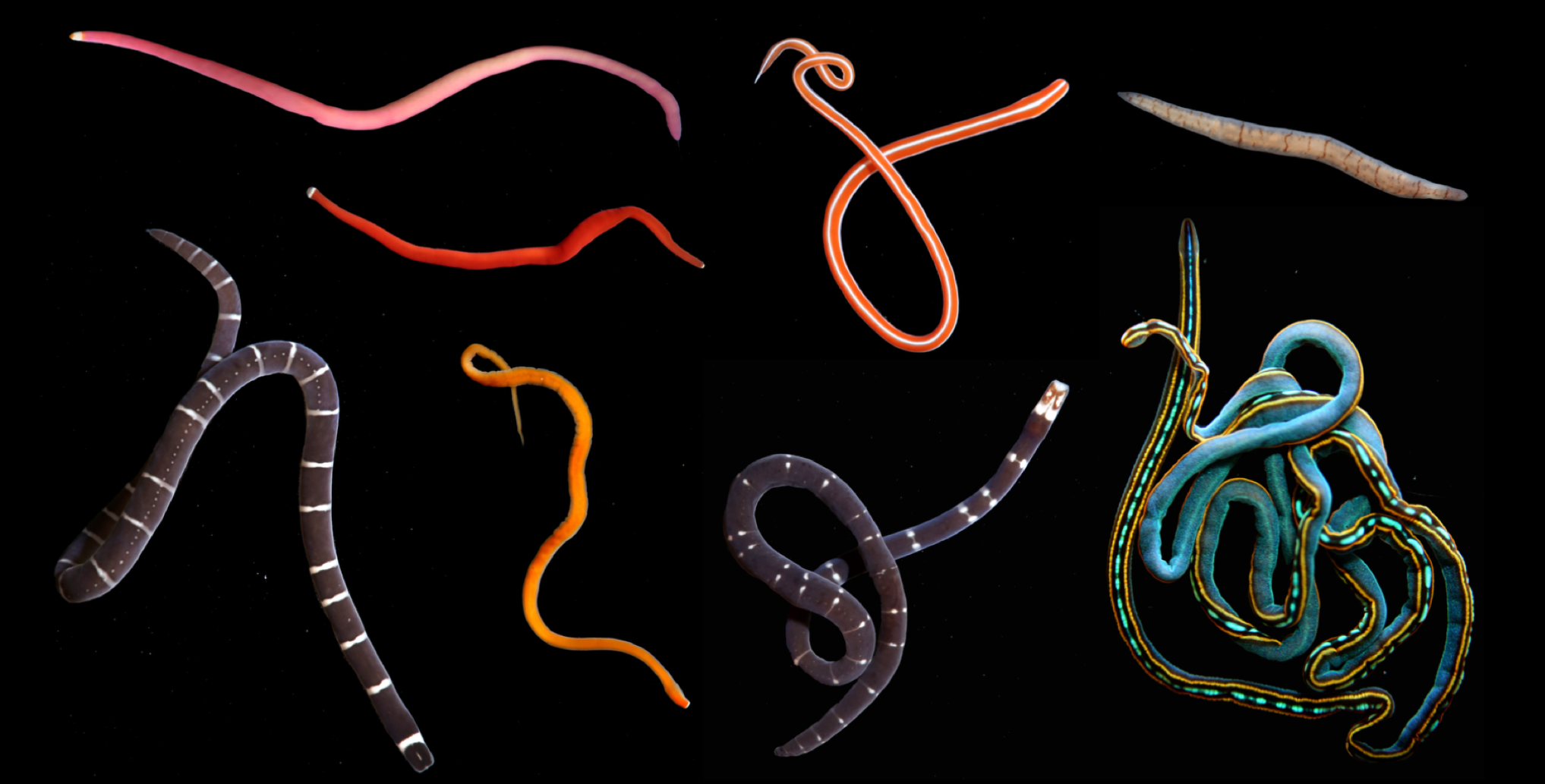A hundred species, mostly new—first assessment of ribbon worm diversity and distribution in Oman
Biodiversity is a key characteristic of any ecosystem but remains largely undescribed for most marine animals. Ribbon worms (phylum Nemertea), a diverse but poorly sampled phylum ubiquitous in the world’s oceans, are a case in point. Aside from their function as predators in marine communities, nemerteans are biomedically relevant because they produce diverse toxins, and some impact bivalve, decapod, and glass eel fisheries.
In the Press

100 new ribbon worm species and counting
.

Scientists discover 100 new ribbon worm species
“Most people think that discovering a new species is rare. That is simply not the case. While finding a new species of monkey is unusual, most marine species on planet Earth still await discovery. This is especially true in the most biodiverse parts of the ocean — the tropics, and for the bulk of organisms that are relatively small and live cryptically.”
For All Readers - AI Explainer
What is the focus of this research?
The study investigates the biodiversity, distribution, and species diversity of ribbon worms (phylum Nemertea) in Oman. It represents the first modern assessment of this poorly studied marine animal group in Arabian waters.
Why are ribbon worms important?
Ribbon worms play significant roles in marine ecosystems as predators. They are also biomedically relevant due to their production of diverse toxins, and some species impact fisheries, including bivalve, decapod, and glass eel industries.
What challenges exist in identifying ribbon worms?
- Many ribbon worm species look alike, making identification difficult.
- Traditional descriptions often rely on preserved specimens, which lack details of external appearance in live specimens.
- Internal anatomy, once the basis of classification, is now considered insufficient for distinguishing closely related species.
- DNA data is essential for accurate species identification and understanding diversity.
How was the study conducted?
- Researchers collected ribbon worms from various habitats, focusing on hard-bottom substrata like coral reefs.
- Specimens were documented using photographs, morphological vouchers, and DNA barcodes.
- Species delineation was based on morphology and Cytochrome Oxidase I (COI) sequences.
- Data and specimens were deposited in public databases and the Florida Museum of Natural History.
What were the key findings?
- Species Discovery:
- 107 ribbon worm species were documented in Oman, where none were previously known.
- This doubles the number of genetically characterized nemertean species for the Indo-West Pacific region.
- Novelty and Cryptic Diversity:
- 98% of the species were undescribed, and 93% were unique to Arabian waters.
- Half of the species were rare, and most were cryptic (hidden or difficult to identify).
- Geographic Patterns:
- Little overlap was observed between species in the northern (Gulf of Oman) and southern (Sea of Arabia) regions.
- Genetic differentiation was noted in species found in both areas, corresponding to the biogeographic break at R’as-al-Hadd.
- Future Potential:
- Estimates suggest that future surveys could uncover an additional ~200 species by sampling other habitats, such as soft bottoms and the water column.
What are the broader implications of this research?
- Biodiversity Importance: The study highlights the need to sample tropical marine regions, which are both biodiverse and understudied.
- Role of DNA Barcoding: The large number of cryptic and undescribed species underscores the critical role of DNA barcodes in rapid species identification and description.
- Conservation and Research: Understanding the diversity and distribution of ribbon worms can inform conservation efforts and further research into marine ecosystems.
What conclusions were drawn?
The research reveals a high diversity, novelty, and distinctiveness of ribbon worms in Oman. It emphasizes the importance of exploring biodiverse yet poorly studied tropical marine regions and using modern techniques like DNA barcoding to uncover hidden diversity.
This study serves as a testament to the vast, untapped biodiversity in marine ecosystems and the need for continued exploration and documentation.
What are Article Spotlights?
Spotlighted articles are press released, and feature author interviews, AI explainers and more.
If you have published in Peer J and would like to be featured in an Article Spotlight please contact PeerJ.

